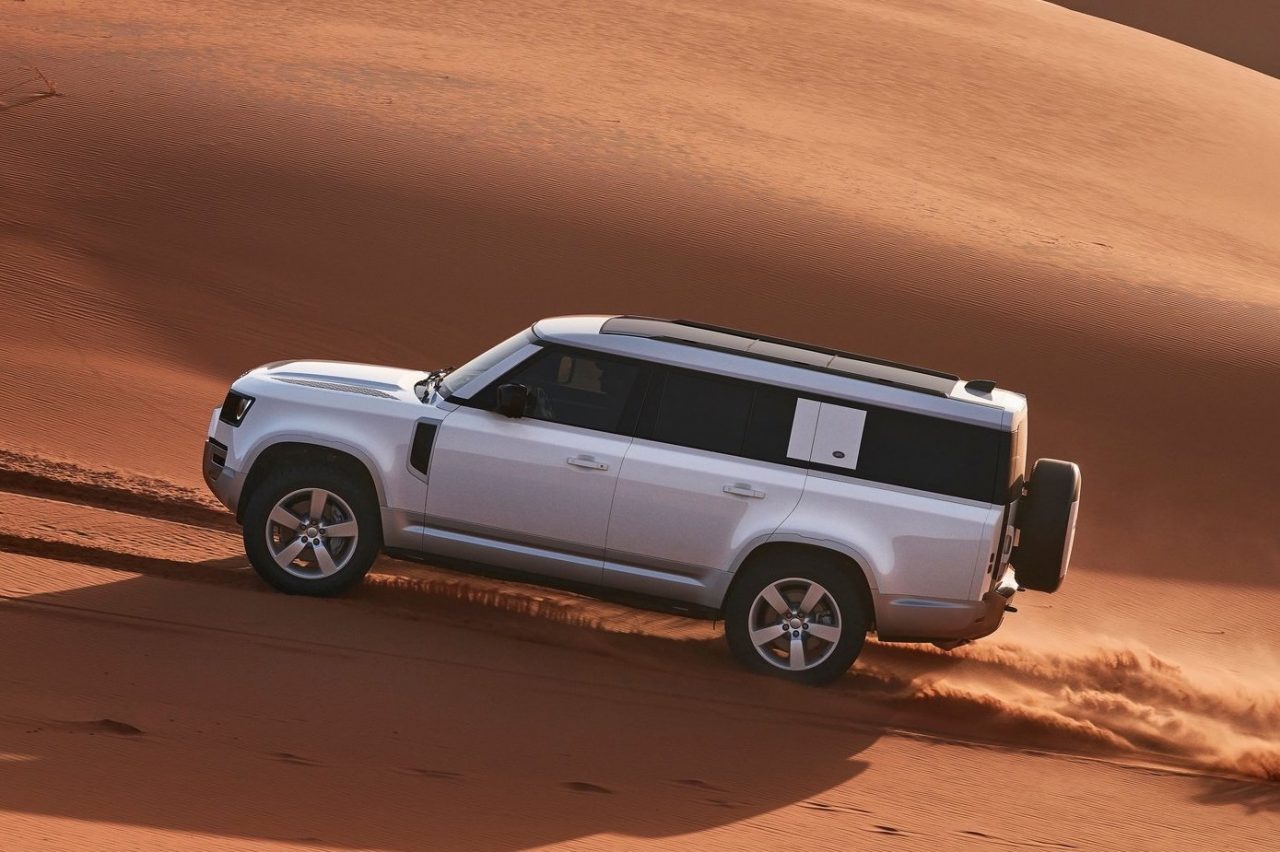BMW has unveiled the new 2023 X1 small SUV, including an all-new addition to the company’s battery electric range with the introduction of the iX1 fully electric model.
Codenamed the U11 X1, BMW’s small SUV range supersedes the outgoing F48 generation that has been around for seven years now. It debuts with a choice of two petrol and diesel variants, a pair of plug-in hybrids and the battery-electric iX1 sitting atop the range.
The base model sDrive18i receives a 1.5-litre turbocharged three-cylinder petrol producing 100kW of power and 230Nm of torque, offering a 0-100km/h time of 9.2 seconds. Meanwhile the xDrive23i receives a 2.0-litre turbo four-pot producing 150kW of power and 320Nm of torque, paired with a 48-volt mild-hybrid system taking overall output to 160kW and 360Nm. It covers 0-100km/h in a claimed 7.2 seconds. Both variants use a seven-speed dual-clutch transmission.
Also mentioned in BMW’s release is a 2.0-litre turbo-diesel producing 110kW of power and 360Nm of torque in the case of the sDrive18d, while the xDrive23d using a mild-hybrid system produces a maximum of 155kW and 400Nm. Acceleration from 0-100km/h is claimed in 8.9 seconds and 7.4 seconds, respectively.
There’s also a pair of plug-in hybrids joining the X1 lineup, with the xDrive25e and xDrive30e receiving a 1.5-litre three-cylinder engine paired with a 14.2kWh battery pack that offers outputs of 180kW/477Nm and 240kW/477Nm, respectively. BMW says the 14.2kWh battery pack offers a pure electric driving range just under 90km. Acceleration from 0-100km/h is claimed in 6.8 and 5.7 seconds, respectively.
The flagship iX1 xDrive30 receives a pair of electric motors – one over each of the axle – producing 200kW of power and 494Nm of torque, while an over boost mode temporarily raises its output to 230kW. Acceleration from 0-100km/h is claimed in 5.7 seconds. It features a 64.7kWh lithium-ion battery pack and regenerative braking system that offers up to 438km of driving range, with the pack offering DC fast-charging support at up to 130kW that can bring the battery from 10-80 per cent in just under half an hour.
As for an M Performance variant? BMW is yet to confirm such a model, but given the early prototypes witnessed on the Nurburgring hinting at that direction, we suspect confirmation will come a bit later this year.
In terms of its stature, the latest X1 range grows in size, measuring in at 4500mm long, 1642mm tall, 1845mm wide and featuring a wheelbase of 2692mm which is around 22mm longer than the outgoing model, while featuring a 31mm wider track. Boot space has also received a small bump, which is up from 505L in the petrol lineup to 540L, while the all-electric iX1 has a boot with 490L of capacity.
On the styling front, BMW has sharpened up nearly every panel around the X1’s body, with a redesigned set of adaptive LED headlights and front fascia featuring a pair of squared-off kidney grilles headlining the styling updates. The all-electric iX1 receives some signature blue touches around the front grille and side skirts to signify its electric powertrain.
Inside, there’s a reasonably familiar BMW design that pairs a 10.25-inch digital instrument cluster and 10.7-inch infotainment system to create a curved display panel, which is powered by BMW’s latest OS 8.0, as well as a personal assistant and live cockpit professional system.
BMW is throwing its full suite of active safety equipment into the X1 platform, introducing level 2 semi-autonomous driving technology, adaptive cruise control, AEB with pedestrian and cyclist detection, a surround-view camera with augmented reality view, parking sensors and more.
BMW Australia has confirmed it is aiming to launch the new X1 in sDrive18i and xDrive20i forms in the fourth quarter of this year, with the iX1 xDrive30 fully electric model to follow in the first quarter of 2023. Local specs show the sDrive18i as producing 115kW and 230Nm, with the xDrive20i developing 150kW and 300Nm.














